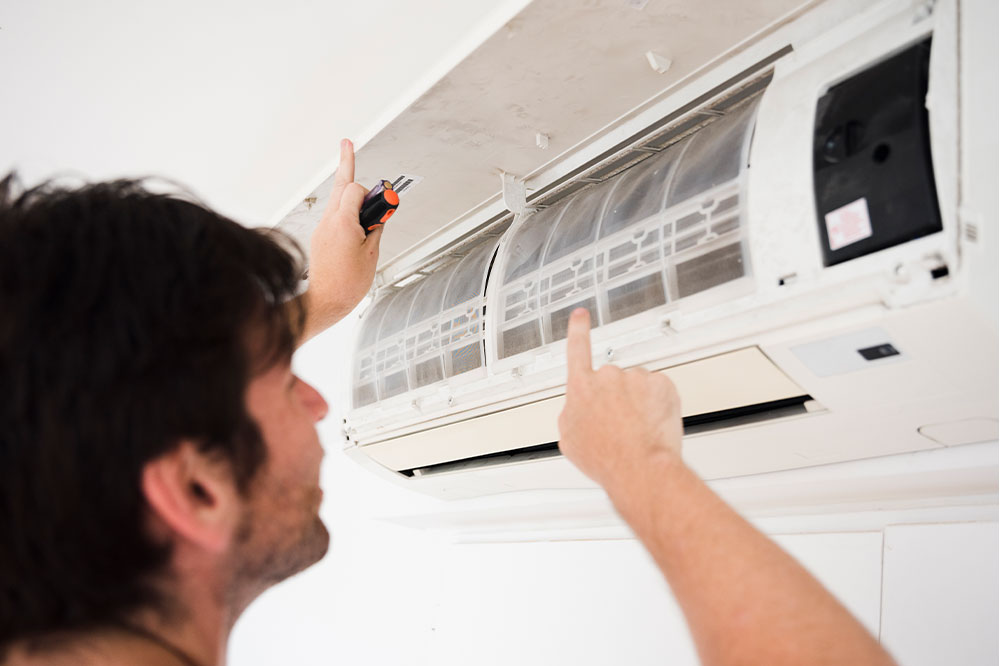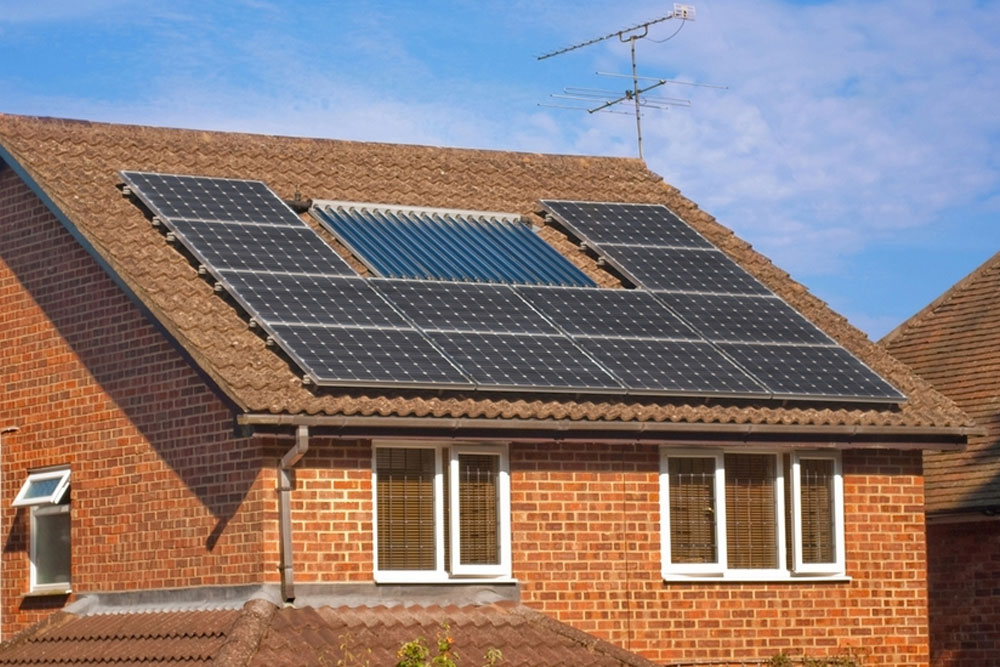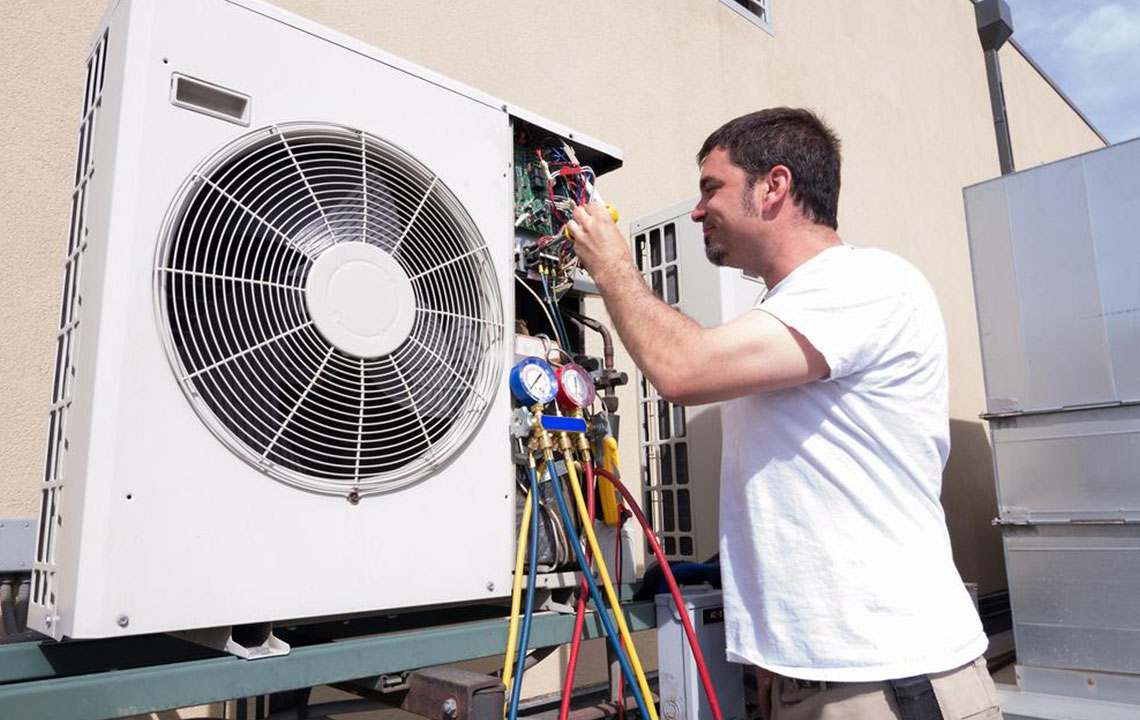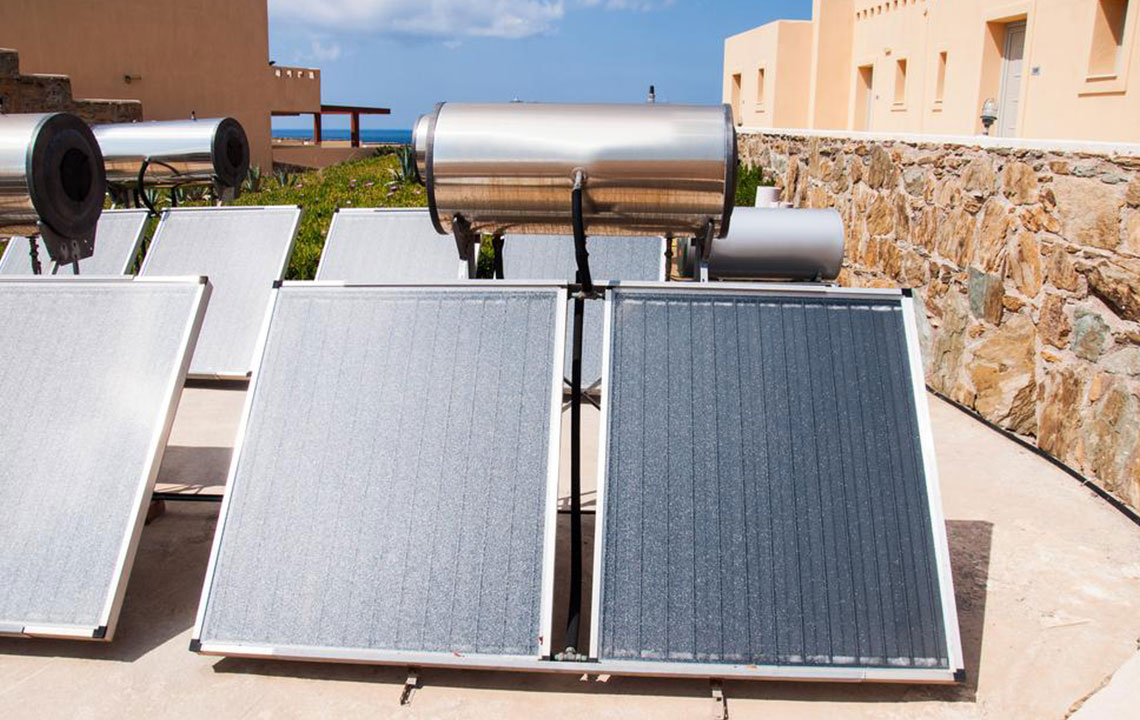Comprehensive Guide to Air Conditioner Maintenance and Repair Strategies
This comprehensive guide provides valuable tips on maintaining and repairing your air conditioner, emphasizing the importance of routine maintenance, professional repairs, and proper placement to ensure optimal performance and energy efficiency. Learn how to prevent costly breakdowns and extend the lifespan of your cooling system with expert advice tailored for homeowners and facility managers.
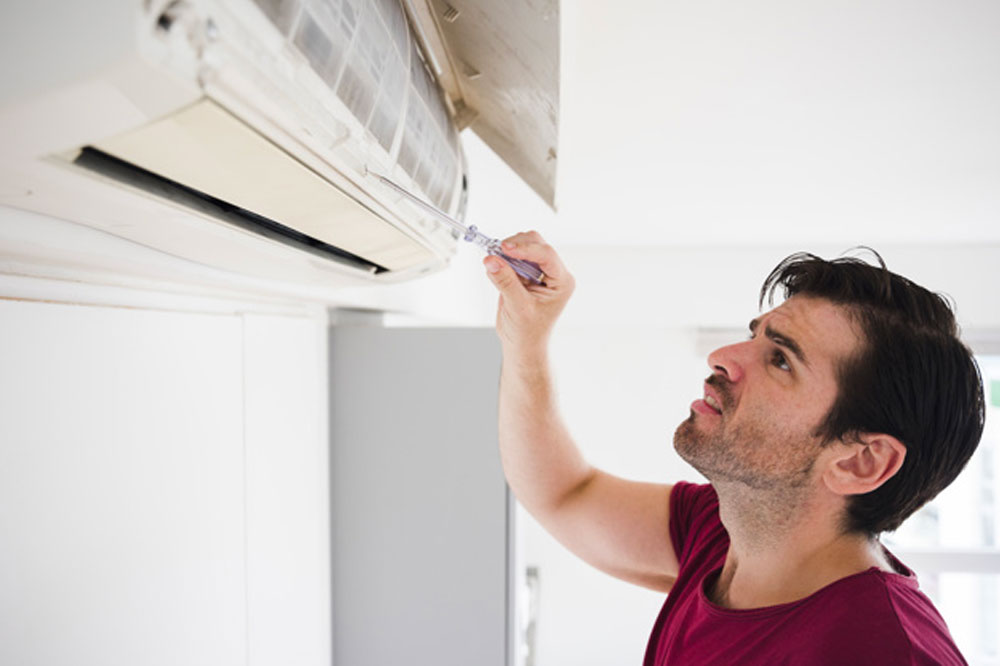
Comprehensive Guide to Air Conditioner Maintenance and Repair Strategies
As the warm months approach, ensuring your air conditioning system functions efficiently becomes a top priority for homeowners and building managers alike. Proper maintenance not only guarantees a comfortable indoor climate but also extends the lifespan of your cooling units and reduces energy consumption. Whether you operate a split HVAC system or a window-mounted AC, adopting regular maintenance routines and understanding basic repair procedures are essential steps in keeping your air conditioner in peak condition. This comprehensive guide dives into the critical aspects of AC maintenance and repair, offering practical tips to optimize your cooling system's performance while minimizing unexpected breakdowns and costly repairs.
Preventive Scheduled Servicing Saves Money and Enhances Efficiency Regular maintenance appointments are an investment that pays off by preventing major system failures. Instead of waiting for an AC to break down during the hottest days, scheduling routine check-ups ensures the unit operates smoothly, consumes less energy, and retains its cooling power. Preventative measures are especially vital in regions with intense summer heat, where cooling systems are under constant or heavy use. Addressing minor issues early on avoids expensive repairs and replacements later, and keeps your system running at maximum efficiency for years to come.
Typical service tasks include:
Filter inspection and cleaning
Motor cleaning and lubrication
Condenser coil cleaning
Thermostat calibration
Electrical connection inspections
Lubrication of moving parts
Drainage system checks
System control evaluations
Refrigerant level assessments
Blower component cleaning and inspection
Technicians often identify additional specific issues during routine inspections, addressing them proactively to maintain optimal performance. These comprehensive checks help prevent system failure, ensure safety, and improve overall energy efficiency.
Timing Your Maintenance for Peak Performance The frequency of AC servicing depends heavily on usage patterns. Units primarily used during summer should ideally be inspected once a year, preferably before the hot season peaks. If your AC operates year-round, more frequent check-ups—perhaps semi-annual—are advisable to maintain efficiency and catch potential problems early. Conducting maintenance before the hot weather arrives ensures your system is ready to handle the increased load, preventing unexpected breakdowns when you need cooling most. Additionally, prompt repairs of any detected faults keep the system running reliably and extend its service life.Understanding Repair Costs and How They Vary
Repair costs for air conditioning units can fluctuate significantly based on several key factors. These include the brand and model, the specific parts that require fixing or replacement, and the severity of the problem. Some manufacturers offer maintenance contracts or service packages that can help reduce ongoing expenses, making maintenance and repairs more predictable and cost-effective. Regional differences also play a role, with some areas charging higher labor rates or parts costs. Keep in mind that replacing major components such as compressors or condensers can be expensive, but timely repairs often prevent more serious damages that could lead to even higher costs in the future.
Choosing Authorized Technicians for Reliable Repairs
While local repair providers may appear more affordable, selecting authorized technicians ensures you're receiving high-quality service. Certified professionals have access to genuine replacement parts, advanced diagnostic tools, and training directly from manufacturers. This guarantees that repairs are carried out correctly, safeguarding your warranty coverage and ensuring optimal system performance. Prior to hiring a technician, verify credentials, read reviews, and discuss warranty policies. Working with authorized service providers not only improves repair reliability but also preserves your system’s warranty and reduces the risk of recurring issues caused by improper repairs.
Why Dirty Filters Are the Main Culprit of AC Problems
The most common cause of AC malfunction is a clogged or dirty filter. Dust, dirt, and debris accumulate over time, blocking airflow through the system. This inefficiency forces the compressor and fan motors to work harder, increasing wear and tear and significantly elevating energy bills. Regularly inspecting and replacing filters—either by cleaning or swapping them out—helps maintain proper airflow, ensures consistent cooling, and extends the life of your unit. A simple light passage check can help determine if filters need attention, and changing filters at recommended intervals is one of the simplest, yet most effective maintenance steps.
Optimal Placement of Outdoor Units for Improved Efficiency
The installation location of outdoor AC units significantly impacts performance and longevity. Units placed in direct sunlight or exposed to harsh weather conditions absorb excessive heat and are subjected to faster deterioration. Proper positioning involves situating outdoor units in shaded, ventilated areas, avoiding obstructions that restrict airflow. Elevated or sheltered placements can prevent debris buildup, reduce exposure to elements, and improve cooling efficiency. Regular cleaning of the outdoor environment around units, including clearing leaves or dirt, can further enhance system performance and extend equipment lifespan.
Understanding Warranty Coverage for Parts and Service
Most air conditioning systems come with manufacturer warranties that cover parts replacement and, in some cases, labor costs. Warranty terms vary widely between brands and models, so it’s important to read and understand the specifics of your coverage. Typically, warranties include free replacement of defective components within the warranty period but might exclude normal wear and tear or damage caused by improper use or installation. Knowing what is covered helps you budget for potential repairs and ensures you seek authorized service when needed, preserving your warranty rights and avoiding unexpected expenses.
Warranty on Repairs and Replacements
Repairs performed by authorized technicians usually come with their own warranty, which can range from several months to a year or more. Confirming the warranty coverage on repairs ensures that additional issues can be addressed at no extra cost within the warranty period. This proactive approach helps you save money and guarantees that the system is functioning properly after repairs. It’s advisable to keep records of all service and repair receipts for warranty claims and future reference.
Service Call Fees and Repair Costs
Beyond repair costs, service call charges can sometimes be billed separately, especially for out-of-warranty units or after-hours service. These fees cover technician travel and initial inspection. Some service providers deduct the service call fee from the overall repair bill if repairs are performed during the same visit. Clarify all costs and terms beforehand to avoid surprises. Opting for reputable, experienced technicians might cost a bit more initially but results in better repairs and fewer follow-up visits.
How Regular Maintenance Reduces Energy Consumption and Costs
Maintaining your AC system properly directly impacts your utility bills. Clean filters, refrigerant levels, and unobstructed airflow ensure the system runs efficiently, consuming less power to achieve desired cooling. Regularly addressing refrigerant leaks and inspecting components can prevent inefficiencies that lead to increased energy bills. In addition, a well-maintained AC has fewer breakdowns, reducing repair costs and downtime. Investing in routine maintenance is a cost-effective strategy to keep your home comfortable while lowering your energy consumption and bills.
In conclusion, diligent maintenance and expert repair services are key to prolonging the life of your air conditioner, enhancing its efficiency, and saving money in the long term. By following recommended procedures, scheduling timely check-ups, and partnering with qualified technicians, you ensure your cooling system remains reliable and effective throughout the years.
